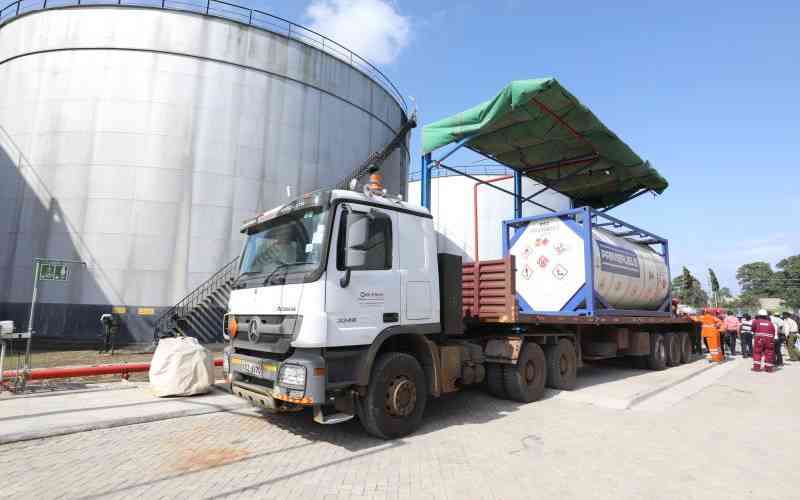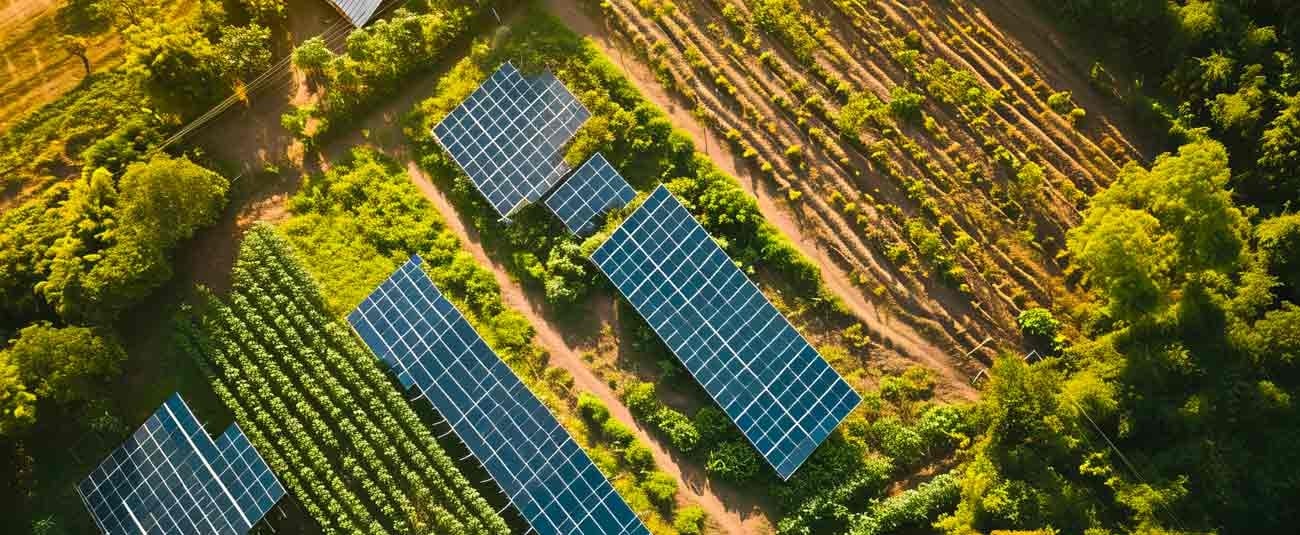Written By: Faith Jemosop
Africa is witnessing a foundational shift in its energy ecosystem. For decades, energy access across the continent has been plagued by underinvestment, poor infrastructure, and dependency on fossil fuels.
Now, a growing wave of private investment is quietly but decisively transforming the continent’s energy narrative. In March 2024, Konexa, in collaboration with Norfund, Climate Fund Managers (CFM), and Microsoft’s Climate Innovation Fund, launched Nigeria’s first renewable energy private trading platform. Valued at $18 million, the project combines hydropower and battery energy storage to supply clean power to Nigerian Breweries Plc while lighting up rural communities.
But this is far from an isolated case. It is part of a larger pattern involving wind farms in West Africa, solar megaprojects in North Africa, and off-grid solutions in Central Africa. Together, these examples show how private capital is not only filling financial gaps left by public utilities but actively leading Africa’s clean energy transition.
Konexa’s Integrated Approach in Nigeria: A Model for Sustainable Electrification
The Konexa project in Kaduna is an emblem of modern energy innovation. By tapping into the 30MW Gurara hydropower plant and integrating a Battery Energy Storage System (BESS), Konexa created a self-sufficient and resilient energy supply chain.
This project uses a private energy trading license to bypass Nigeria’s traditionally inefficient distribution companies, supplying uninterrupted power directly to industrial clients like Nigerian Breweries Plc.
What sets the project apart is its inclusive design. It extends electricity to the underserved communities of Chikaji Gwari and Chikaji Tsakiya villages previously ignored by national grid expansion plans.
The initiative is projected to displace over 8,000 tons of CO2 annually and benefits from Multilateral Investment Guarantee Agency (MIGA) insurance to mitigate political and regulatory risks. This combination of financial innovation, social impact, and technical excellence exemplifies how private capital can catalyze inclusive growth.
Lekela Power: Building Continental Wind Capacity Through Scale and Precision
Lekela Power, backed by private equity giants Actis and Mainstream Renewable Power, operates some of Africa’s largest wind farms. Their portfolio includes the 158 MW Taiba N’Diaye Wind Farm in Senegal, South Africa’s 110 MW Perdekraal East, and Egypt’s 250 MW West Bakr Wind Farm. Collectively, these projects supply clean electricity to millions while creating local employment, reducing greenhouse gas emissions, and stabilizing national grids.
What distinguishes Lekela is its regionally diversified model. Each project is tailored to local conditions, regulatory landscapes, and grid readiness. This approach demonstrates the importance of localizing energy investment strategies rather than deploying one-size-fits-all solutions.
Decentralized Off-Grid Solutions: BBOXX and EDF Empowering Energy Access
In regions where grid extension is economically impractical, private companies like BBOXX (UK-based) are partnering with energy multinationals like EDF (France) to deploy decentralized solar home systems.
Also read: What Is Load Shedding and How Does It Affect the Economy?
In Rwanda, BBOXX has distributed over 100,000 PayGo-enabled systems, providing lighting, phone charging, and small appliance use to previously unserved households. In Togo and the DRC, these kits are bundled with LPG stoves, smartphones, and insurance, addressing a broader range of development needs.
The PayGo model, enabled by mobile money, removes the barrier of upfront costs. This approach promotes energy equity by allowing low-income households to pay incrementally, reflecting the importance of financial innovation in driving universal energy access.
North Africa’s Solar Megaprojects: Sovereign Ambition Meets Private Capital
Morocco’s Noor Ouarzazate Solar Complex is a global symbol of renewable ambition. At 580 MW capacity, it is the largest Concentrated Solar Power (CSP) facility in the world. The project is spearheaded by ACWA Power (Saudi Arabia) and financed through a blend of public and private capital, including the African Development Bank (AfDB) and the World Bank.
Unlike photovoltaic solar, CSP allows thermal energy storage, enabling electricity supply even after sunset. This technological edge, combined with long-term power purchase agreements (PPAs), makes the project financially attractive to private investors. It illustrates how governments can leverage sovereign policy direction to attract and de-risk large-scale private energy projects.
Hybrid Energy Portfolios: Globeleq’s Response to Grid Instability and Base Load Needs
Globeleq, backed by the UK’s CDC Group and Norway’s Norfund, is deploying multi-technology energy systems to bridge Africa’s transition. In Mozambique, it operates the 40 MW Mocuba solar power plant in partnership with Scatec. In Côte d’Ivoire, Globeleq is piloting hybrid solar-gas projects designed to stabilize base load generation and reduce diesel dependency.
These hybrid models are particularly important in countries where renewable intermittency threatens industrial productivity. Globeleq’s model exemplifies the strategic use of diversified energy portfolios to maintain grid stability while pushing toward net-zero goals.
Strategic Catalysts Behind the Rise of Private Renewable Investment
- Policy and Regulatory Reforms Unlock Market Entry
One of the critical enablers of private sector investment in renewables is policy reform. Countries like South Africa, Nigeria, and Kenya have implemented legislation that dismantles monopolies and introduces market-based incentives. For instance, South Africa’s Renewable Energy Independent Power Producer Procurement Programme (REIPPPP) has mobilized over $20 billion in private investment since 2011.
In Nigeria, the 2023 Electricity Act allows for state-level energy markets and authorizes private distribution and trading. These changes signal to investors that the legal environment is maturing and conducive to long-term planning.
- Corporate ESG Mandates Create Demand for Private Clean Energy Supply
Multinational corporations with African footprints are increasingly under pressure to meet Environmental, Social, and Governance (ESG) targets. This has led companies like Diageo, Unilever, and Heineken to pursue renewable PPAs with independent producers. These industrial off takers provide private investors with reliable revenue streams, making large-scale projects bankable.
Also read: Eskom Announces Evening LoadShedding as Generation Capacity Falls Short
Moreover, consumer awareness and stakeholder activism are pushing corporations to align operations with climate goals. This convergence between ethical branding and sustainable sourcing is a major force behind the growth of corporate-backed renewables.
- Blended Finance and Risk Mitigation Instruments De-Risk Investment
African energy markets are often perceived as high-risk due to political instability, currency fluctuation, and limited local financing. To counter these perceptions, blended finance tools combine concessional loans, equity investments, and guarantees. Institutions like CFM, Norfund, and MIGA play a central role by absorbing first losses or offering political risk insurance.
This layered approach allows commercial investors to enter markets they would otherwise avoid. The Konexa project’s inclusion of MIGA guarantees is a textbook example of how de-risking mechanisms can catalyze frontier market investments.
- Technological Advancements Are Expanding Reach and Efficiency
New technologies are lowering costs and enhancing project viability. Innovations in battery storage (e.g., BESS), smart metering, and mobile-enabled payment systems have expanded the feasibility of renewables in off-grid and mini-grid contexts. These tools improve load management, reduce losses, and provide data-driven insights, allowing for smarter deployment and faster ROI.
Challenges Remain but Are Being Strategically Addressed
Private investment in African renewables is not without hurdles. Grid instability, bureaucratic red tape, and foreign exchange risk continue to challenge scalability. However, project developers are increasingly navigating these obstacles through joint ventures, technology partnerships, and structured financing.
Governments are also stepping up. There is a growing recognition that a stable regulatory framework and transparent procurement processes are essential to attract long-term capital.



